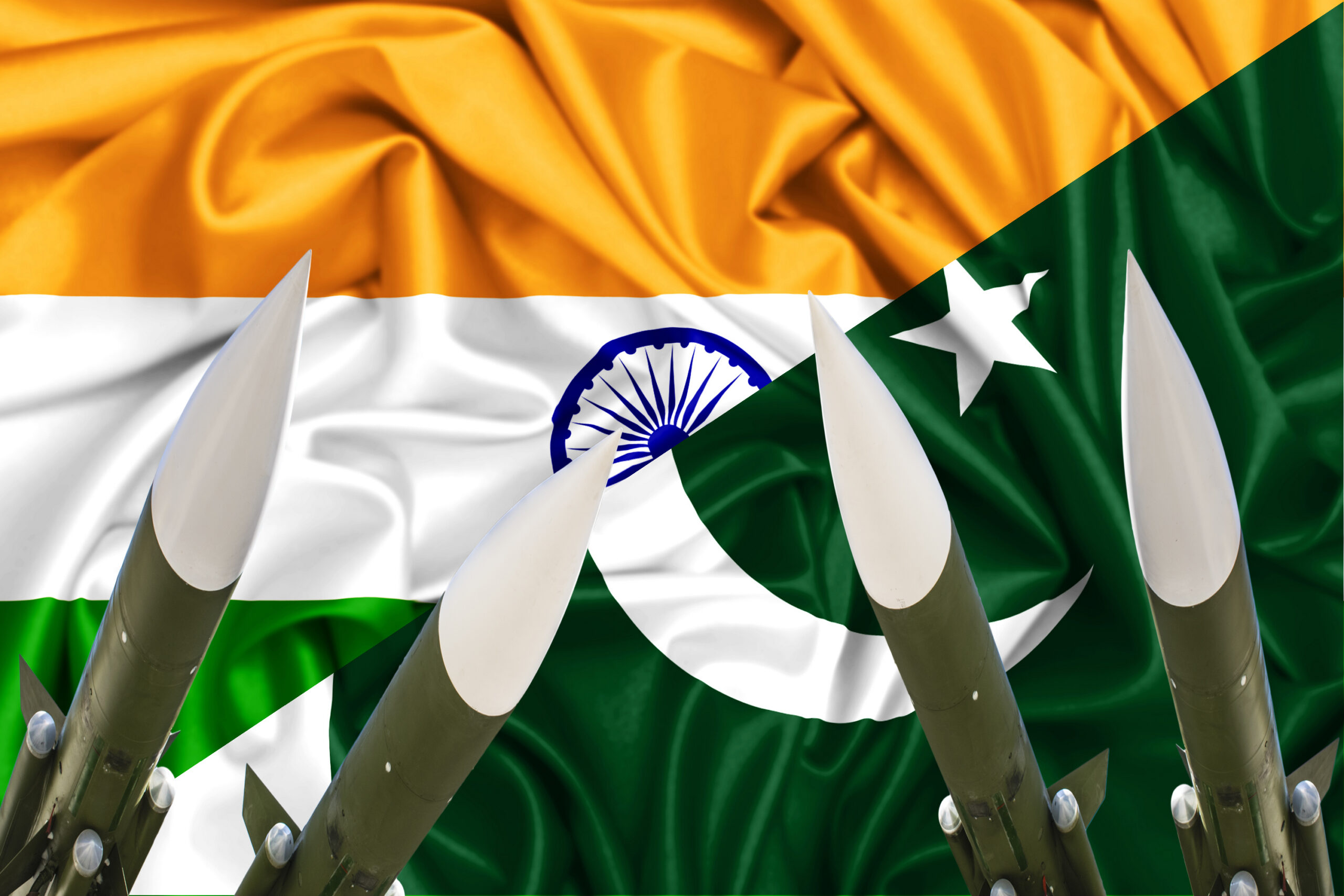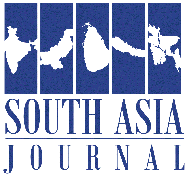
India’s political leadership is increasingly resorting to reckless nuclear rhetoric – a dangerous trend that undermines strategic stability in South Asia and reveals New Delhi’s discomfort with Pakistan’s credible deterrent. The latest example came from Indian Defence Minister Rajnath Singh, who absurdly proposed that Pakistan’s missile programme be placed under the International Atomic Energy Agency (IAEA)’s supervision. Not only does this reflect a profound ignorance of international nuclear governance, but it also exposes India’s frustration over its inability to impose regional dominance in the face of Pakistan’s effective nuclear posture.
The IAEA’s mandate is unambiguous: it promotes the peaceful use of nuclear energy and ensures that civilian nuclear facilities in non-nuclear weapon states are not diverted for military purposes. The agency has no jurisdiction over the military arsenals or delivery systems. Rajnath Singh’s statement, therefore, betrays a lack of understanding of international norms, or worse, a deliberate attempt to distort them in service of domestic and geopolitical agendas.
This episode is part of a broader trend. Indian leadership has repeatedly made inflammatory remarks about the use of nuclear weapons. Prime Minister Narendra Modi once mocked the utility of India’s arsenal by saying it was not kept “for Diwali”, and other chilling phrases like “Qatal ki Raat” (night of slaughter) to refer to potential nuclear action. These statements not only undermine India’s credibility as a responsible nuclear power but also inflame tensions in an already volatile region.
By contrast, Pakistan has consistently maintained a posture of credible minimum deterrence, rooted in strategic restraint and regional stability. Pakistani leadership refrains from nuclear brinkmanship during peacetime, recognizing the catastrophic consequences of any miscalculation. This contrast in behavior is increasingly stark, and should not go unnoticed by the international community.
India’s recent nuclear rhetoric can also be interpreted as an attempt to shift global and domestic attention away from its operational failures in the 2025 military escalation with Pakistan, during which New Delhi’s high-technology platforms exposed operational limitations, while Islamabad demonstrated both resilience and deterrence discipline. The crisis reaffirmed the effectiveness of Pakistan’s full-spectrum deterrence posture, which continues to deny India the space for military coercion or adventurism.
Moreover, India’s nuclear safety and proliferation record is far from exemplary. Numerous incidents involving theft and smuggling of radioactive materials have been reported from within India’s borders. Notable examples includes the Nepal case 2022, in which eight individuals, including two Indian nationals, were apprehended for possessing uranium-like substances. Investigations revealed that the material had been smuggled from India, highlighting severe lapses in security. Another case in 2003, in where Bangladeshi authorities seized 225 grams of uranium oxide, believed to have been stolen from India’s uranium mines in Meghalaya. Experts confirmed the material’s potential use in crude nuclear devices. Furthermore, in 2021, in India 7 kilograms of uranium were seized in Maharashtra, underscoring the recurring threat posed by smuggling networks. This followed earlier incidents in 2016, when nine kilograms of depleted uranium were discovered in Mumbai, and in 2013, when uranium was reported stolen from facilities operated by the Uranium Corporation of India Limited in Jharkhand. These are not isolated events; they reflect systemic weaknesses in India’s nuclear security architecture. The Nuclear Threat Initiative (NTI) consistently ranks India poorly in nuclear materials security.
In contrast, Pakistan has a strong command and control system and international best practices in nuclear safety and security. It has engaged with global forums and taken transparent measures to secure its assets, a fact acknowledged in numerous international assessments.
The recent calls for IAEA involvement are, therefore, not sincere efforts to promote arms control or uphold non-proliferation norms. Rather, they serve as calculated strategic deflections – political tools designed to discredit Pakistan’s credible nuclear deterrent while diverting both international and domestic attention from India’s own lapses in nuclear responsibility. This tactic underscores India’s growing frustration with the strategic reality that it cannot impose its will on the region as long as Pakistan retains a robust and responsive nuclear capability. It is not Pakistan’s deterrent that destabilizes the region – it is India’s discomfort with that deterrent, and its consistent efforts to undermine it through rhetorical and political maneuvers.
This behavior reflects a broader and increasingly concerning shift in India’s nuclear posture. By reducing complex strategic issues to populist rhetoric, New Delhi is steadily departing from the principles of nuclear responsibility. Nuclear weapons are not instruments of political theatre—they are serious national assets, and even casual references to their use carry grave implications. India’s growing tendency to invoke nuclear capabilities in domestic political discourse, often couched in aggressive and sensational language, undermines the culture of restraint that is vital in a nuclearized region.
This erosion of strategic discipline is not merely a bilateral issue; it poses a significant challenge to regional and global stability. The international community must not ignore this emerging pattern. It must hold India accountable—not only for its inflammatory rhetoric but also for the broader risks stemming from its inadequate nuclear security infrastructure, politicized discourse, and disregard for global norms. In contrast, Pakistan has consistently demonstrated restraint and responsibility in its nuclear conduct. India would do well to draw lessons from this approach. Sustained peace in South Asia can only be achieved through mutual responsibility, strategic maturity, and a shared commitment to stability.
